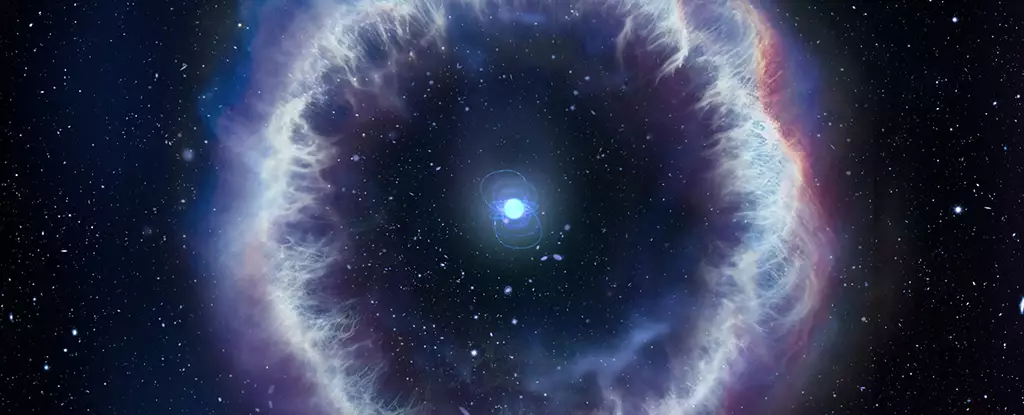Fast radio bursts (FRBs) have long captivated the attention of astrophysicists due to their sudden and intense blasts of radio wave energy from deep space. A recent study conducted by researchers from the Italian National Institute for Astrophysics (INAF) has shed new light on the origin of FRBs, specifically focusing on FRB 20201124A discovered in 2020. The study delved into the analysis of a persistent radio source (PRS) located near the FRB, which has been observed in close proximity to a small number of FRBs in the past.
The measurements of the PRS revealed that it originated from a plasma bubble surrounding the mysterious source of the FRB. This plasma bubble, known as an ionized nebula, consists of electrically charged gas and dust. According to astrophysicist Gabriele Bruni from the INAF, radio observations of the FRB allowed researchers to detect weak persistent emissions coming from the same location as the FRB. This discovery extended the range of radio flux explored for these objects by a significant margin, providing crucial insights into the potential origin of FRBs.
The data collected from observations made using the Very Large Array (VLA) Radio Telescope in New Mexico suggested that the nebula surrounding the FRB could be linked to a young magnetar or a binary system featuring a neutron star or a black hole. These celestial phenomena possess the capability to generate large amounts of energy, potentially triggering the intense FRB signals observed by the researchers. Additionally, the plasma bubble predicted to be responsible for the background hum of the PRS could have been created as a result of these energetic processes.
Further data collection from the Northern Extended Millimeter Array (NOEMA) and Gran Telescopio Canarias telescopes allowed the researchers to separate and analyze the energy released by the system at different wavelengths of light. This detailed analysis plays a crucial role in decoding the signals emanating from over a billion light years away. Astrophysicist Brendan O’Connor from Carnegie Mellon University highlighted the significance of the high-resolution data obtained, which enabled a better understanding of the source of the FRB and its associated plasma bubble.
While there are still unresolved questions surrounding FRB 20201124A, the recent research has significantly enhanced our understanding of these enigmatic cosmic phenomena. By unraveling the connection between FRBs and PRS signals, as well as identifying potential sources such as magnetars, neutron stars, and black holes, researchers are gradually piecing together the puzzle of fast radio bursts. The intricate process of observing and analyzing these cosmic events brings us closer to comprehending the underlying mechanisms that drive the mysterious signals from the depths of space.
The study conducted by the INAF researchers represents a significant step forward in the field of astrophysics, offering valuable insights into the origin and nature of fast radio bursts. By employing advanced observational techniques and data analysis, scientists continue to unravel the mysteries of the universe, one radio wave at a time.

